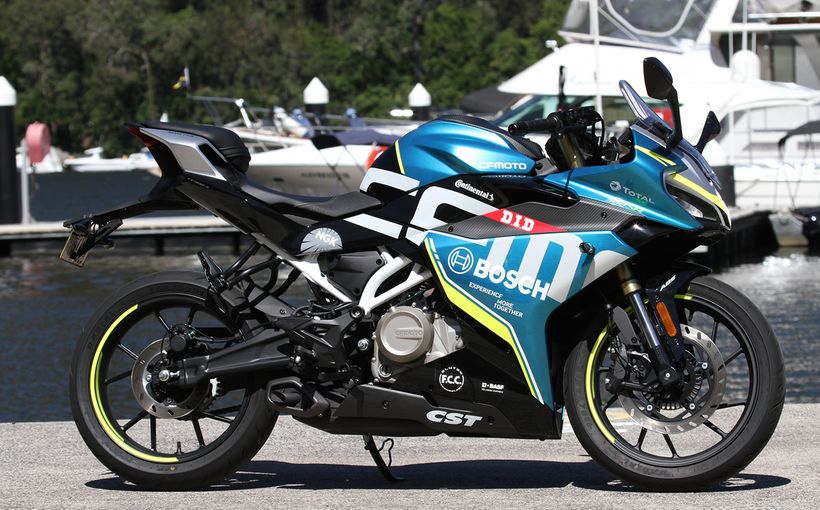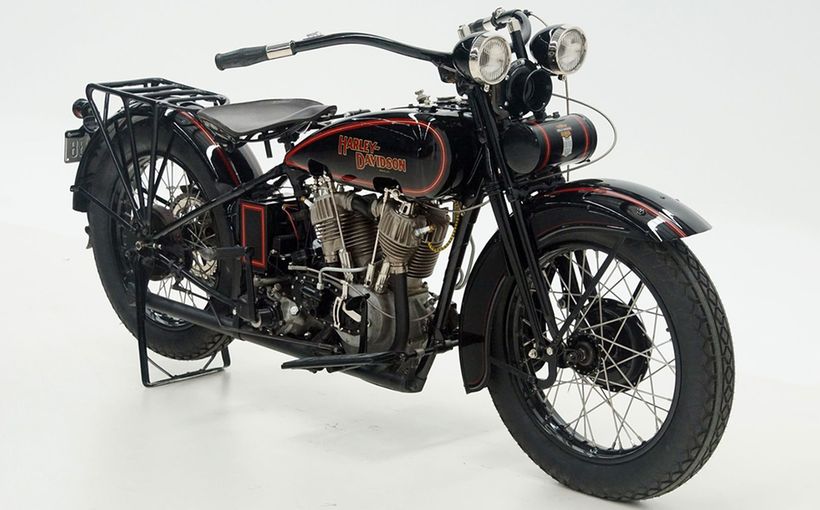
Motorcycles, dirt bikes and scooters are built to such a high standard these days it's easy to fall into the trap of thinking you can simply ride them, then stick them in the garage and forget about them until you want to head out again. But like all road-going vehicles, some basic maintenance is a must - like making sure your engine oil is topped up to the appropriate level. The engine beneath you is a finely honed mechanical instrument, and it relies on proper lubrication and cooling to do its job, like you rely on blood to be pumped around your entire body.
But let oil levels drop too low and the engine's ability to function smoothly and keep its operating temperatures down is reduced greatly - let them drop even further, or run the engine at a consistently high work load, and you're risking a partial or full engine seizure. That's expensive and very possibly painful too - a locked rear wheel on your favourite weekend road can ruin anyone's day... Most bikes these days have an engine oil level warning light to alert you if your oil does drop too low, but with regular checks it should never get to that stage anyway.
Fortunately, keeping your engine oil topped up is a simple affair, even if you're not technically minded. First up, ensure your oil suits your bike - oil comes in different 'weights' (such as 20W-50, 10W-40 etc) for different applications, and the also differ depending on whether it's intended for four-stroke or two-stroke applications. Refer to your owner's manual to see what suits your machine best.

Like checking your tyre pressures and your chain adjustment/lubrication, checking your engine oil should be done weekly - or at the end of each day if you're on an extended tour. How you actually check your oil differs from bike to bike, but here we'll look at 'wet sump', four-stroke motorcycles, which these days forms the lion's share. When your engine is warm, park the bike on level ground, shut the engine off and give it a couple of minutes for the oil to drain down into the engine's sump (hence the term 'wet'). You'll either have a screw-in dipstick fitted somewhere on upper part of the sump, or the sump will have a clear sight glass towards the bottom - both will be inscribed with 'Maximum' and 'Minimum' markings of some sort.
If you've got the sight glass, simply hold the bike upright and have a look to see if the oil is between these two marking - put the bike on its centrestand if you've got one, or get a friend to hold it upright while you have a look. If you've got a dipstick, hold the bike upright via the same methods as outlined above, and unscrew the dipstick - take it completely out and wipe off the oil on the gauge with a clean rag. Then put it back into the sump, resting it on top of the thread, and take it out again to check your level. There's no need to screw the dipstick back in, unless your owner's manual specifies it. If there's too little oil, simply top it up until it's back to where it should be, and if for some reason there's too much oil - which can also be damaging for an engine - you'll need to remove the sump plug to drain a bit (do this when the engine has cooled to a degree - spilling scalding hot oil all over your hands definitely isn't recommended!
Maintaining the correct oil level is crucial to your engine's happiness, just as regular changes are too. Using good quality oil, keeping it topped up and changing it regularly will go a long way to ensuring your bike enjoys a long, trouble-free life - so give your oil the thought and time it deserves and reap the rewards.
Protect your Bike. Call Shannons Insurance on 13 46 46 to get a quote today.









